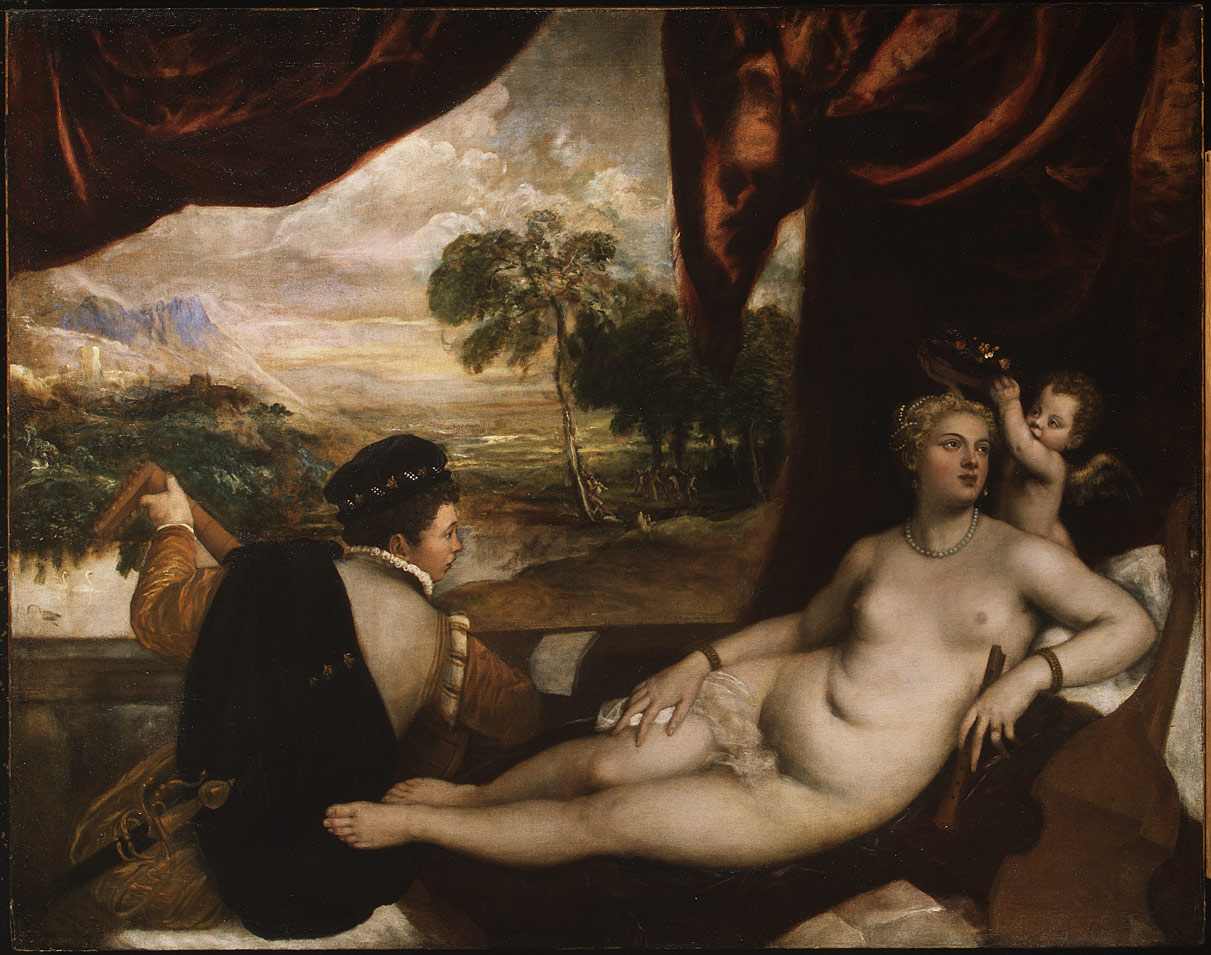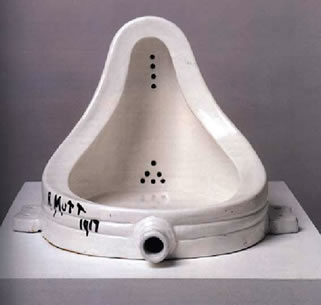“Art writing that attempts not to judge, and yet presents itself as criticism, is one of the fascinating paradoxes of the second half of the twentieth century." James Elkins
In 1970, Edmund Burke Feldman wrote a book called
“Becoming Human Through Art” that proposed four elements of art criticism:
1. Description
2. Analysis
3. Interpretation
4. Judgment
The Feldman method of art criticism begins with description, where the art critic uses neutral language to describe 1. recognizable subjects, 2. visual elements and their qualities (form), and 3. technical qualities of a work of art. The second part of art criticism, analysis, consists of describing the relationship among the things that were previously listed. Interpretation is where the critic infers what the connections between various visual elements mean. Finally, judgment is where the art critic makes a statement about the value of a piece of work based on a stated context.
The central element of Feldman’s methodology of art criticism was the notion that clearly grounding criticism in a philosophy of art would allow the art critic to justify critical judgments.
Feldman used three types of art philosophy as examples of how to use his method of art criticism:
A. Feldman identified Formalism as an art philosophy that evaluates work based the importance of the formal qualities and the visual elements of art. Therefore, a formalist art critic will focus their criticism on the visual elements of a piece. The formalist art critic rejects interpretations that rely on symbols, subject matter, previous knowledge or viewer’s life experience and will judge the piece based on technical execution and visual organization.
B. Feldman identified Expressivism as an art philosophy that evaluates work based on how well it accomplishes the goal of communicating a specific set of ideas. Therefore, an expressivist critic would evaluate a piece based on its ability to arouse emotion.
C. Instrumentalism evaluates work based on the importance of the social intention of the work. Therefore, an instrumentalist critic will evaluate a piece based on how well it serves social institutions like the church, the state, business, politics, etc. and will reject art that develops from or depends on other art as inferior and self-serving.
Feldman’s goal in outlining his method of art criticism was fundamentally for educational purposes. Feldman once said, "what an art teacher does - whether in art appreciation or studio instruction - is essentially art criticism. That is, art teachers describe, analyze, interpret, and evaluate works of art during the process of instruction." (Feldman, Some adventures in art criticism, Art Education : Journal of the National Art Education Association, p.24)
For most of the artists I know that occasionally write criticism as well, Feldman’s basic concept of art criticism as a part of education still holds true. Artists write about art in order to learn more about their own practice and to codify their ideas. The act of analyzing someone else’s exhibition forces artists/writers to look much longer and harder than they might otherwise and to form connections they might not have seen. To a large extent, Big, Red and Shiny was founded on the notion of artists writing about art in order to improve their own practice.
It seems the goal of art critics who are not also artists may have a host of other goals. Some of the goals I see expressed in other art critics include:
1. Art Criticism for Philosophers: The desire to pioneer and delineate a new art philosophy. In other words, the desire to expand from Feldman’s three basic examples to employ new philosophies. (
Arthur C. Danto seems to be an example of this type of critic.)
2. Art Criticism as Literature: The desire to use a work of art as inspiration for developing well-crafted or innovative writing.
3. Art Criticism as Politics: The desire to make a political statement through art criticism.
4. Art Criticism for Money: Participating the written branch of the economics of the art world.
5. Art Criticism for Fame: Writing so people will recognize the writer.
6. Art Criticism as part of Advertising: Writing to increase viewer participation in an exhibition.
Of course this is not an exhaustive link and most art critics have multiple goals as well. There are a number of websites that explain how to write criticism like
eHow and others. But none of them emphasize the fact that goal of the writer should be clear. Similarly, the art philosophy or philosophies that the critic is using should also be clear. It should also be clear to the critic who is writing that it is in the area of judgment and application of art philosophy where reader of the criticism will either choose to enter a dialog about competing art philosophies or the discussion will descend into name calling. Any perceived crisis of art criticism seems to rest in the pularistic notion that opposing art philosophies can both be grounded in the sound application of equally empirical philosophies to works of art. When two equally grounded philosophies attempt to engage, the result can frequently descend into a cacophony.
So, for anyone interested in writing art criticism for any reason, know this: If you write criticism without judgment, it’s not criticism. If you choose to judge, back it up with a sound philosophy of art. After you publish what you write, get ready for someone to hate you and try to keep your philosophy down by yelling louder.
If you can think of any other reasons for writing art criticism or any philosophies that extend beyond Feldman’s examples, please post them in the comment section.
Good luck,
Steve
Some Critics

Danto

Krauss

Hickey







